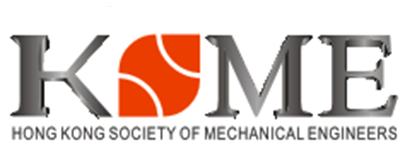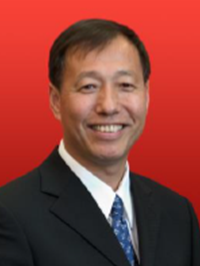 |
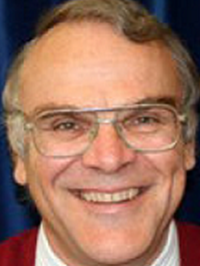 |
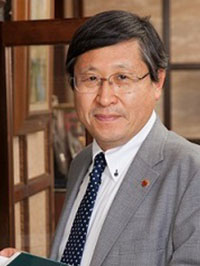 |
Prof. Ruxu Du
Fellow, Society of Manufacturing Engineers (SME)
Fellow, America Society of Mechanical Engineers (ASME)
Fellow, Hong Kong Institute of Engineers (HKIE)
South China University of Technology, China |
Prof. Bob Tait
University of Cape Town, South Africa
|
Prof. Kikuo Kishimoto
Professor Emeritus, Tokyo Institute of Technology
Fellow, National Institute for Education Policy Research
Honorary Chair Professor, National Taiwan University of Science and Technology
Tokyo Institute of Technology, Japan |
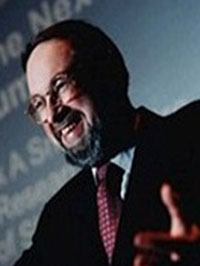 |
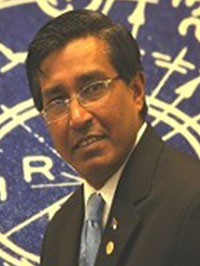 |
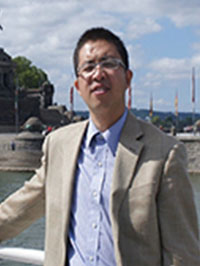 |
Prof. Roderick Smith
Imperial College, UK
Research Professor Department of Mechanical Engineering
Chairman Future Rail Research Centre
Imperial College London
Chair of the Future Railway Research Centre
Vice President of the Institution of Mechanical Engineers
Honorary Visiting Professor at Central Queensland University, Australia & of the Academy of Railway Science of China and York and City universities in the UK |
Prof. Jagannathan Sankar
North Carolina A&T State University, USA
Director-NSF/ERC for Revolutionizing Metallic Biomaterials
White House Millennium Researcher
Director -Center for Advanced Materials and Smart Structures (CAMSS)
|
Prof. Zhengwei You
Chair of the Department of Composite Materials
College of Material Science & Engineering, Donghua University
|
|
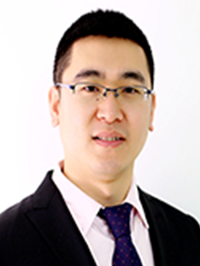
|
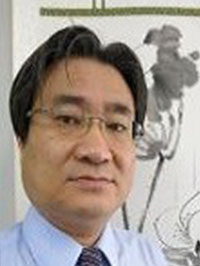 |
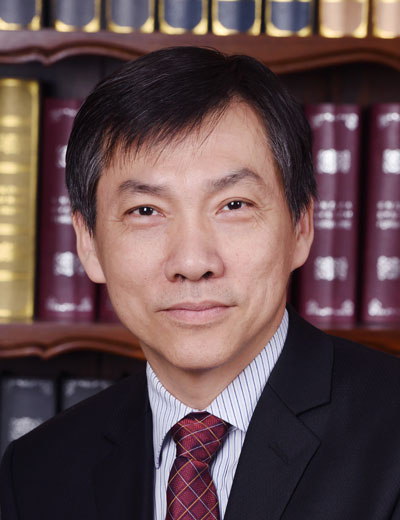 |
Prof. Minghui Yang
Ningbo Institute of Industrial Technology (CNITECH)
Chinese Academy of Sciences
Solid State Functional Materials Laboratory |
Prof. Yu-Lung Lo
National Cheng Kung University, Taiwan, ROC
Director, Instrument Development Center
Director, NSC Instrument Center at NCKU
|
Prof. C.W. Lim
Department of Architecture and Civil Engineering
City University of Hong Kong, China
|
|
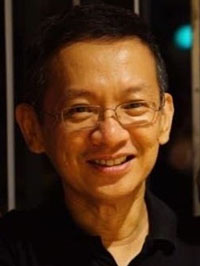
|
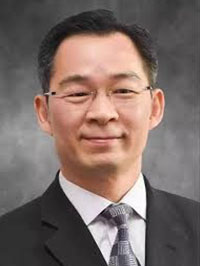 |
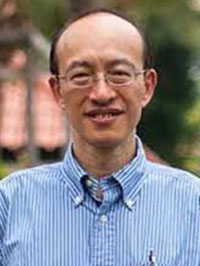 |
Prof. Tong-Earn Tay
National University of Singapore, Singapore |
Prof. Alan Kin-Tak Lau
Swinburne University of Technology, Australia |
Prof. Jun
Ding
National University of Singapore, Singapore |
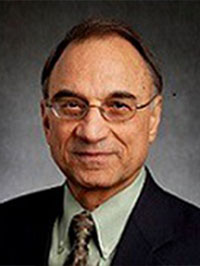 |
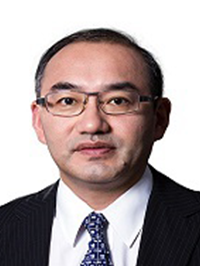 |
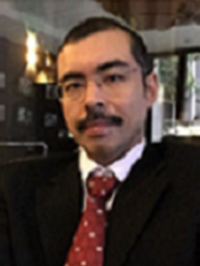 |
Prof. Shiv G. Kapoor
University of Illinois, Urbana-Champaign, USA |
Prof. Yong Tang
Shanghai institute of Organic Chemistry Shanghai, China |
Prof. Ramesh Singh
University of Malaya, Malaysia |
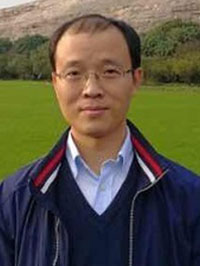 |
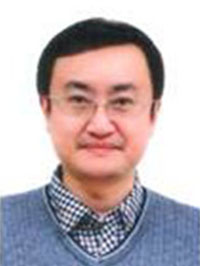 |
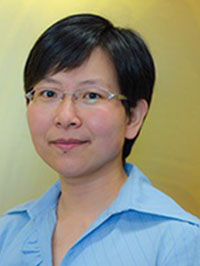 |
Prof. Xuexi Zhang
Harbin Institute of Technology, China |
Prof. Lihui Lang
Beihang University, China |
Prof. Baohua Jia
Swinburne University of Technology, Australia |
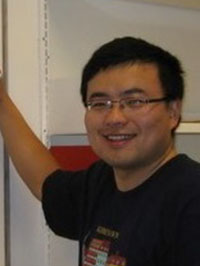 |
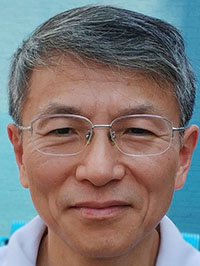 |
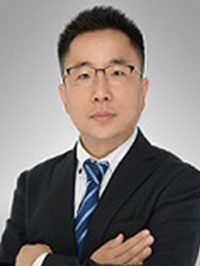 |
Prof. Bin Niu
Dalian University of Technology, China |
Assoc.Prof. Weimin Huang
Nanyang Technological University, Singapore |
Dr. Shutao Chen
Technical Development Manager, China, Solvay Specialty Polymers |
